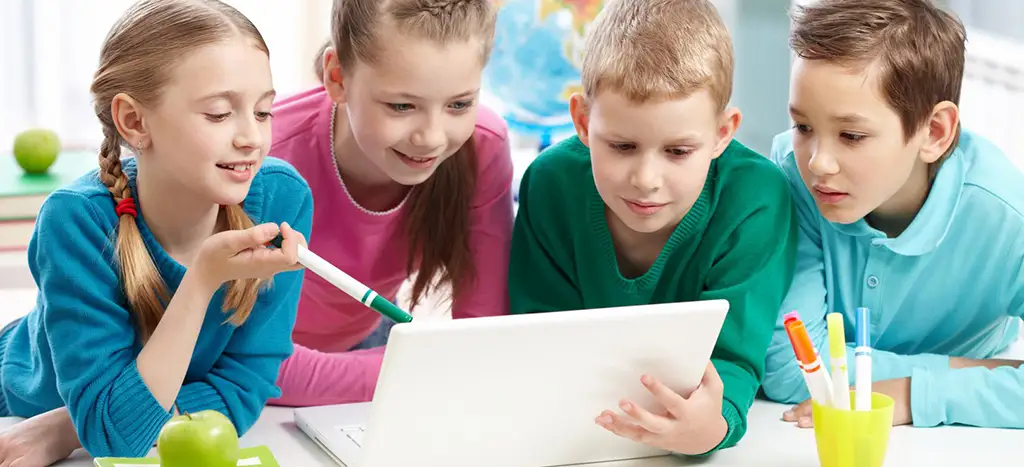
The Power of Reciprocal Reading
November 24, 2023 | 2years | Giglets News
A wonderfully interactive approach to the teaching of reading comprehension, reciprocal reading encourages the use of four key strategies: predicting, questioning, clarifying, and summarising. What’s remarkable about this approach is its ability to actively engage students, foster their comprehension skills and promote discussion.
What’s so impressive is that this approach is impactful as well as engaging. The Education Endowment Foundation (EEF) conducted an independent evaluation of Reciprocal Reading and found that children in the targeted intervention made an average of +2 months’ more progress in terms of reading comprehension and overall reading – how great is that?!(1)
Hattie, Fischer and Frey found that reciprocal reading is beneficial for all students but specifically students with additional learning needs, English language learners or bilingual students, and learners significantly behind their peers.(2) Even better than this, reciprocal reading has been shown to have greater impact when used as an intervention strategy.(3) So, what’s stopping you from adopting this approach in your classroom?
Empowering Readers as Leaders of their Own Learning
Through developing active reading skills, reciprocal reading can help learners foster these positive learning behaviours, and this approach supports the transformation of these behaviours into habits that can be applied throughout the curriculum.(4) The DfE research reviews suggests scaffolding learners towards processes that can help construct meaning when background knowledge is lacking.(5) ESTYN recently said that, “The introduction of listening and speaking roles within reciprocal reading sessions was key to the children being able to internalise the cognitive and metacognitive processes of reading and enable nearly all pupils to mirror what good readers naturally do.”(6) So, strategies like reciprocal reading align brilliantly!
How Giglets can help
Reciprocal reading can be embedded effectively and seamlessly with Giglets. By using the enhanced features on Giglets, like the shared highlighting tool, teachers can pre-load texts with supportive knowledge-based materials and links, or conceptual definitions to support understanding. Teachers can even prepare the texts with designated roles and structured reading cycles to support their learners.
In conclusion, reciprocal reading is a powerful tool that has been proven to be effective in various settings and with different groups of students. It not only improves reading comprehension and fluency but also helps in developing metacognition and active self-regulation among learners. It is a strategy all teachers should add to their toolbox!
If you’re ready to take your reading lessons to the next level, book a demo with one of our friendly account managers here.
If you already use Giglets, you can contact your Giglets Education Engagement Lead directly ( or email support@giglets.com) to discuss how best to implement reciprocal reading and share the benefits of it with your learners.
(1) Reciprocal Reading | EEF - Education Endowment Foundation. https://educationendowmentfoundation.org.uk/projects-and-evaluation/projects/reciprocal-reading.
(2) Visible Learning for Literacy, Grades K-12: Implementing the Practices That Work Best to Accelerate Student Learning by Fischer, Frey and Hattie (2016)
(3) The Effectiveness of Reciprocal Reading as Reading Comprehension Intervention- UniSZA. https://journal.unisza.edu.my/jonus/index.php/jonus/article/view/662.
(4) Reciprocal Reading | CCEA. https://ccea.org.uk/learning-resources/reciprocal-reading.
(5) DfE Research Reviews – English | Research review series: English - GOV.UK (www.gov.uk)
(6) ESTYN ‘Developing pupils’ English reading skills…’ | https://www.estyn.gov.wales/system/files/2023-05/Developing%20pupils%E2%80%99%20English%20reading%20skills%20from%2010-14%20years%20of%20age.pdf
